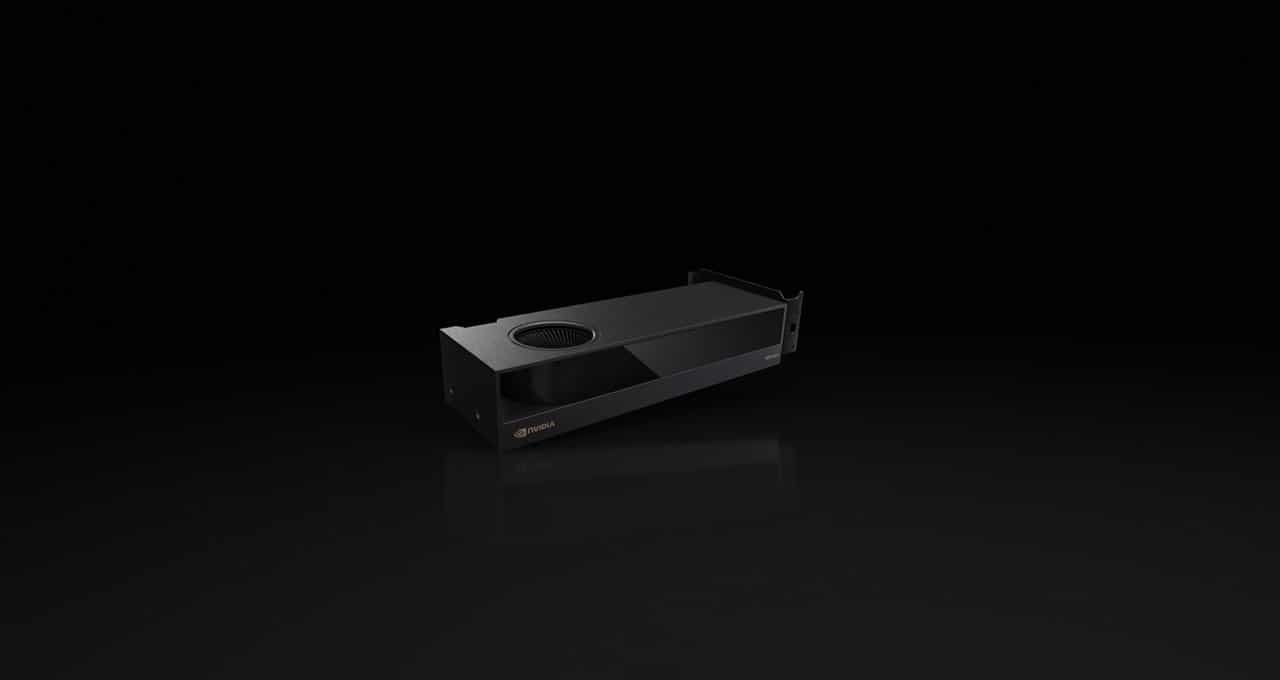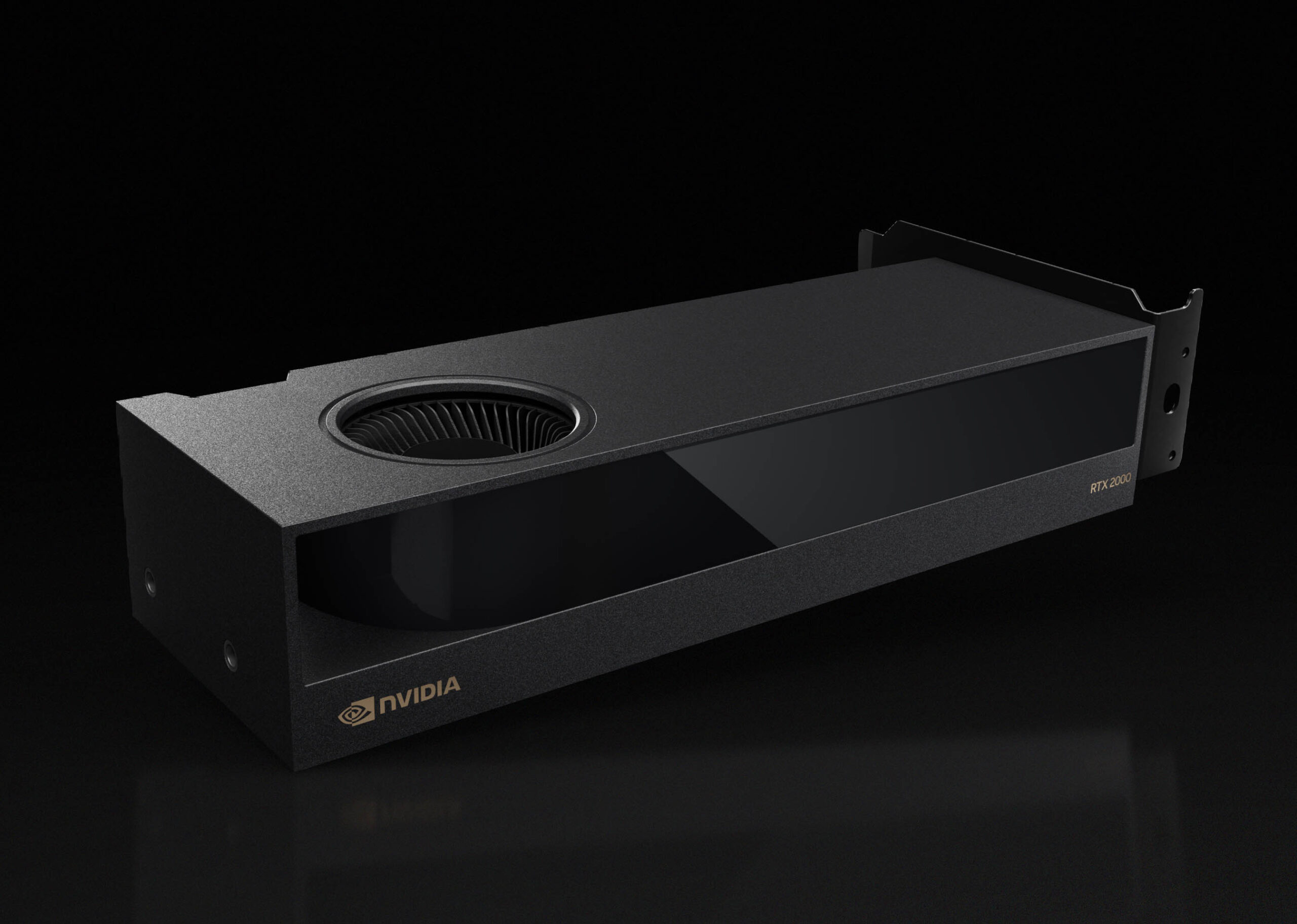
NVIDIA has announced the launch of a new workstation GPU, the RTX 2000 Ada. The card features an AD107 GPU with 16GB VRAM and is designed for modern multi-application workflows such as AI tools, high-resolution content, and virtual reality reviews. It offers up to 1.5x the performance of the previous generation RTX A2000 in professional workflows and supports AV1 encode/decode functionality.
The new NVIDIA RTX 2000 Ada is a low-profile GPU for small form factor workstations, making it suitable for systems with limited I/O and space. It has four Mini-DisplayPort 1.4a display outputs and uses PCIe Gen4 x8 connection instead of a higher-end x16 connection.
The RTX 2000 Ada is part of the NVIDIA's latest generation, which features an AD Lovelace architecture that delivers performance, versatility, and AI capabilities. It has 2816 CUDA cores, 88 Tensor cores (which are optimized for deep learning), and 22 RT cores (which are designed to handle real-time rendering).
The RTX 2000 Ada is a significant improvement over its predecessor, the RTX A196. It offers up to twice the performance of that card in professional workflows such as video editing and animation production. The new GPU also supports NVIDIA's Deep Learning Super Sampling (DLSS) technology, which can improve image quality when rendering high-resolution content.
The RTX 2000 Ada is a versatile card that can be used for a wide range of applications such as video editing, animation production, and AI inference. It's also suitable for architects and urban planners who need to create stunning 3D environments or product designers who require high-resolution content reviews.
Overall, the NVIDIA RTX 2000 Ada is a powerful GPU that offers performance, versatility, and AI capabilities. It's suitable for small form factor workstations with limited I/O and space.



